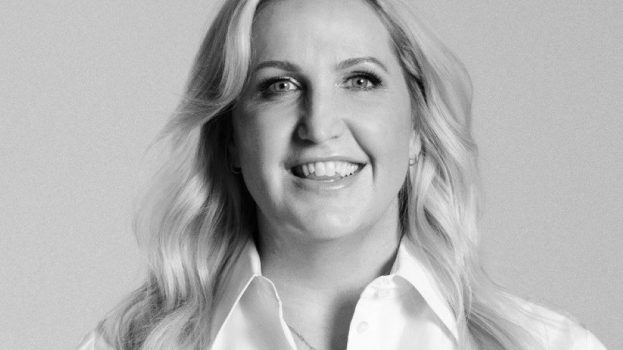The Cannes Lions 54th International Advertising Festival (the Oscars of the ad world) happens this month. Each year a contingent of Canadian agency and marketing execs troop off to the south of France in the hopes of winning awards, and to be inspired by the best work and latest theories on advertising from around the world.
This year, industry insiders predict the Dove ‘Evolution’ video has a good shot at taking home the Grand Prix. The fact that a cause-based viral marketing effort is being touted as a serious contender for the top prize, and that the work itself is the Canadian contribution to a global Unilever campaign, says a lot about what’s working in marketing these days.
The now-famous film by Toronto’s Ogilvy and Mather, which was a hit on YouTube and subsequently covered by virtually every major news outlet in North America, epitomizes the way brands are talking to consumers now. It involves uncovering something that consumers care about, finding a relevant connection to the brand, and coming up with content that is meaningful, valuable or entertaining enough to trigger an audience to get the message out further.
Essentially, advertising is reverting to the age-old model of effective sales, which is simply this: Find out what your customer wants, and position what you have as a means to that end. For decades, global mega brands’ reliance on mass advertising depersonalized that equation. However, as traditional advertising becomes less cost-effective, the old-school notion of putting the consumer first in the communication chain has come back into vogue.
Typically, the best campaigns these days have a cohesive and compelling message delivered through multiple contact points. And since the latest chapter of the advertising playbook is inviting the consumer to participate in the ad-making process, either by virally spreading brand messages or helping to create them, it’s encouraging to see marketing efforts like ‘Bride Has Massive Hair Wig Out’ are coming out of Canada. The YouTube post that triggered a massive North American media storm was done by Unilever Canada’s Sunsilk marketing team and Toronto agency Capital C.
So, in the award show spirit of celebrating the best recent work out there, strategy went on a mission to identify the areas of marketing where the most change is happening, and to discover the most effective and downright gonzo Canadian executions of The New Advertising.
Like our cover campaign. the toy category follows a set advertising formula. Break into children’s programming and talk loudly about new toys. Show the toy. Say the name. Repeat. Montreal-based Mega Brands, which sells building and craft kits, decided to deviate so they hooked up with StrawberryFrog, an agency known for creative and unpredictable ad tactics. The New York- and Amsterdam-based shop, run by ex-pat Canadians, tapped the insight that today’s tots have less unfettered creative play than their parents did, and that moms are worried about it.
This begat a campaign talking to moms that focused on the power – and value – of developing creative thinking, positioning the brand’s products as a way to stimulate creativity. The message was delivered via a storybook (depicted on our cover) with Creativity as a superhero. The story goes: Creativity wasn’t told what to think as a child, so when he grew up, ‘all the world rallied around Creativity to solve its most confounding problems.’ This limitless imagination theme is expanded in ads, and a website with kidpower videos. And no cartoons are interrupted.
Given the degree of breakthrough advertising ideas contained in these pages, we like to think of Canada’s ad industry as similar to the Creativity character. Perhaps a history of working with smaller ad budgets and vying for autonomy within a global campaign environment has made Canada’s marketing community more resourceful, agile, and ideally positioned to play a leadership role in the new advertising world order.
Cheers,mm
Mary Maddever, exec editor, strategy/Media In Canada,
VP/editorial director, Brunico Communications























